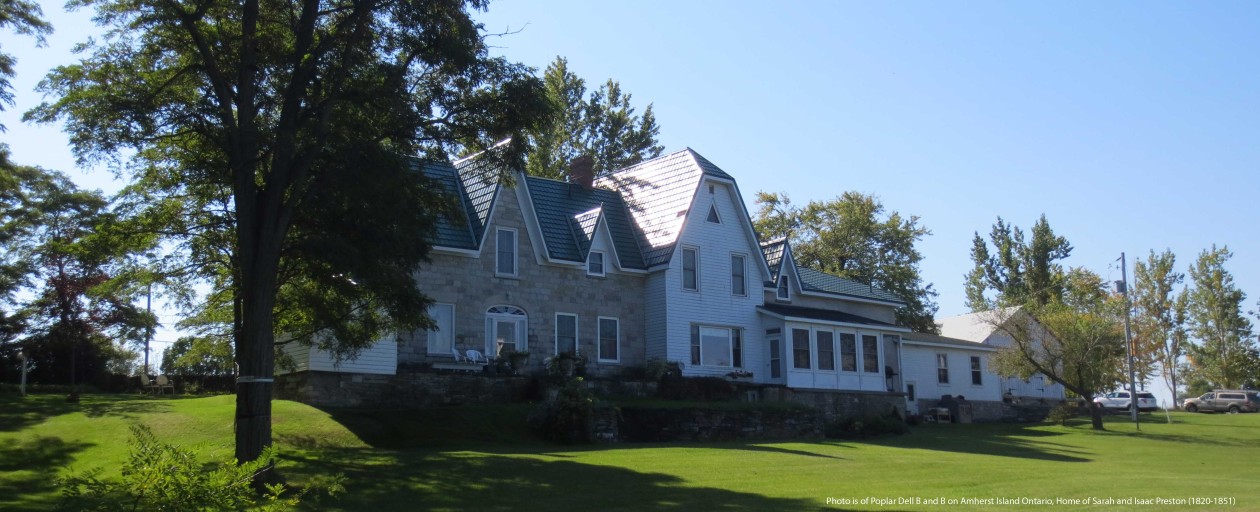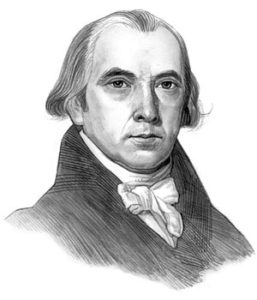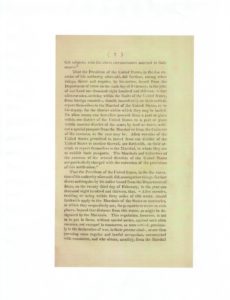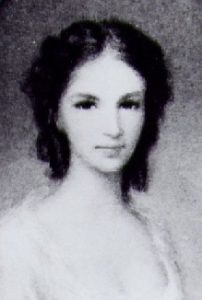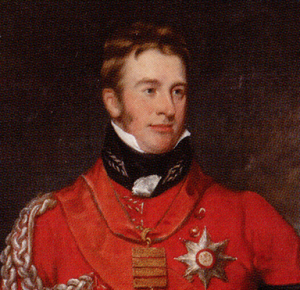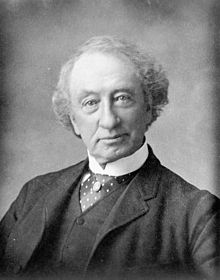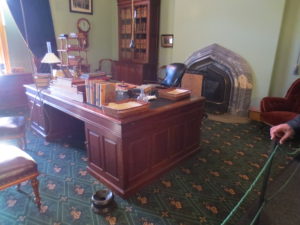The menacing President Trump with an equal, overlooking his left shoulder. That painting is of Andrew Jackson (see previous post).
As the Trump government begins to enforce its own racist policies against “illegal Immigrants”, I ask; will 1813 repeat itself? Will law abiding people be whisked away; deported or imprisoned? Will aggressive border agents and ICE agents take their own biases into play and decide who stays and who goes?

President Madison, 4th President of the USA, from 1809 – 1817, declared war on Britain in 1812. As part of the war clamp down, he invoked the Enemy Aliens Act in April 1813. Eventually the 12,000 British subjects who had not become US citizens were limited to a 5 mile radius from a designated place (one’s home would be an option, if located 40 miles away from the coast or Canadian border). This was basically house arrest, eliminating one’s ability to work and communicate. District marshals were given discretionary authority to carry out the act. An unknown number were imprisoned. When I researched the civil arrest records for 1813, in the Montgomery County Archives, I found no record of Isaac’s arrest. A local historian, Scott Haefner suggested that such an arrest, however unlikely, would have been a military one and no records would have been made.
Now, in February 2017, local authorities have been given the right to arrest and deport. Minor misdemeanors, such as a DUI, could result in swift removal and deportation. Will 2017 be a repeat of 1813?
Now my story.
My ggg grandfather Isaac Preston became an Enemy Alien in 1813, while living in Amsterdam New York. He refused to swear the Oath of Allegiance. I surmise that as a former skilled cavalryman in the British Army, and maybe possessing a sharp tongue, he was removed from his wife, Sarah and his three sons, likely in June 1813 by a county marshall. Our family history has him in a Prisoner of War camp until release, likely in March 1815. From my research I am leaning to the Pittsfield Massachusetts Cantonment as his likely place of imprisonment with about 1300 other British POW’s.
Following his release, he was unable to obtain meaningful stone mason and contracting work. He was still labeled an Enemy Alien by locals. In 1816 he left his family for the Kingston Ontario area. Two years later, again a successful contractor, he returned to collect his beloved Sarah and now 5 boys. He was very bitter about his treatment by the US government. His “Loyalty” remained untarnished, unmoved and iron clad.
Because of politics, war, prejudice, the unfair application of law, plus my ancestor’s choice, I am a Canadian.
